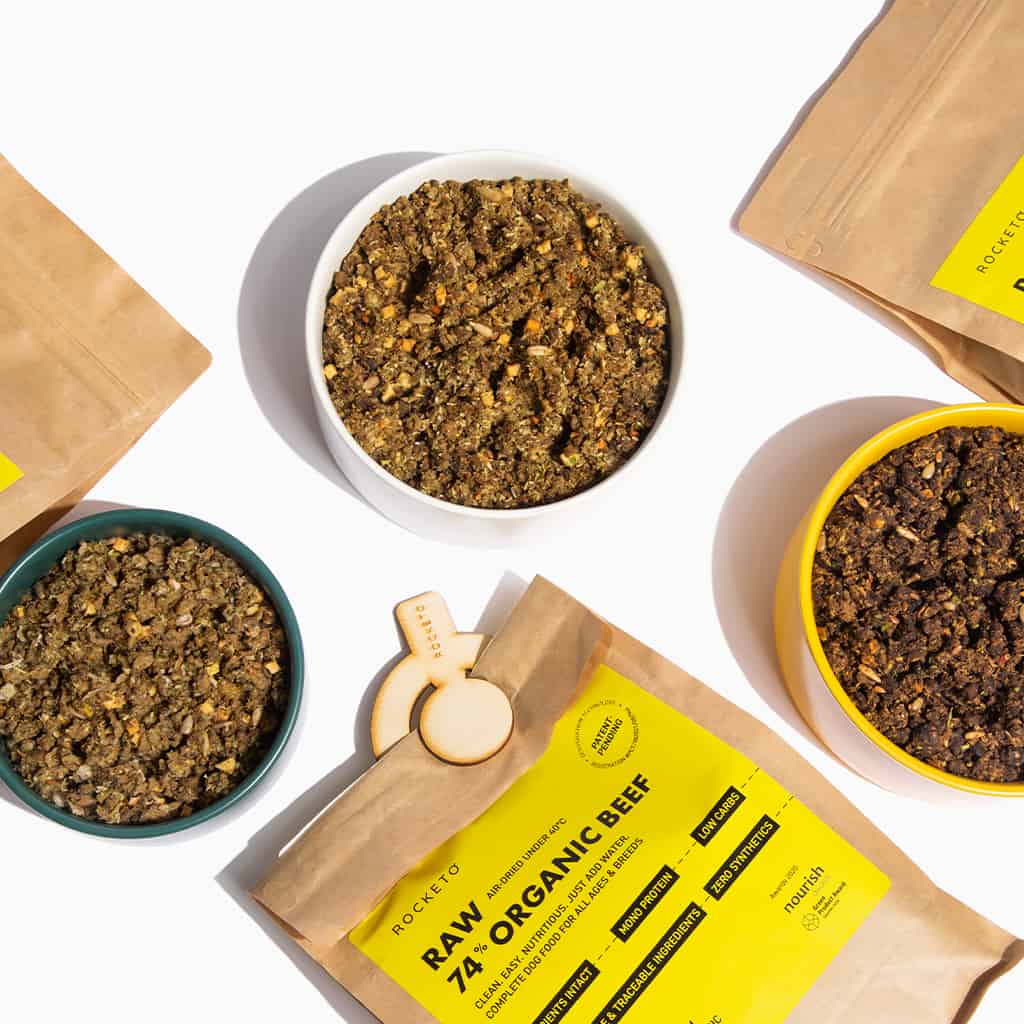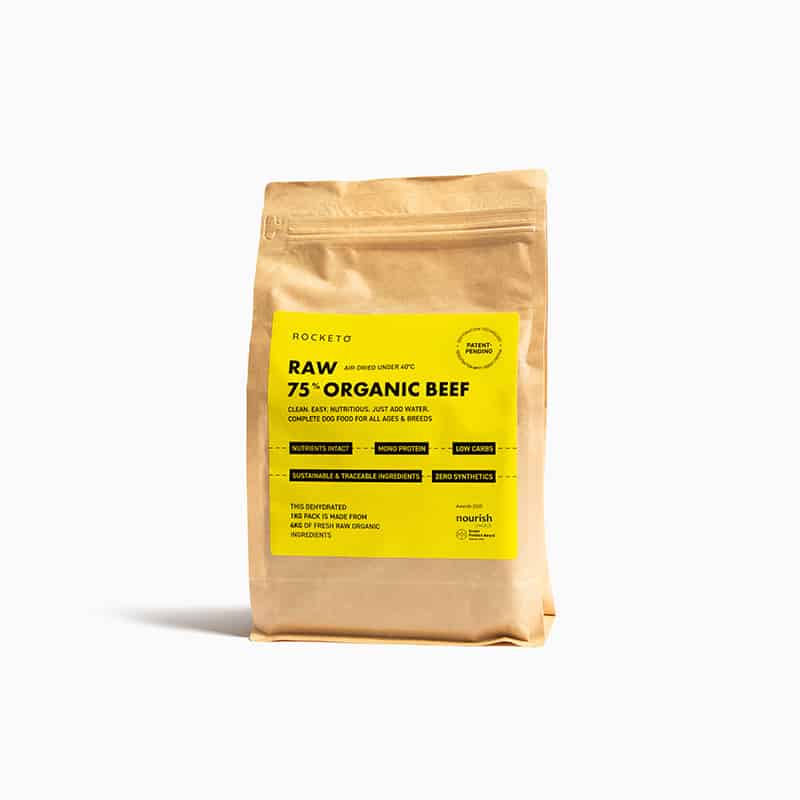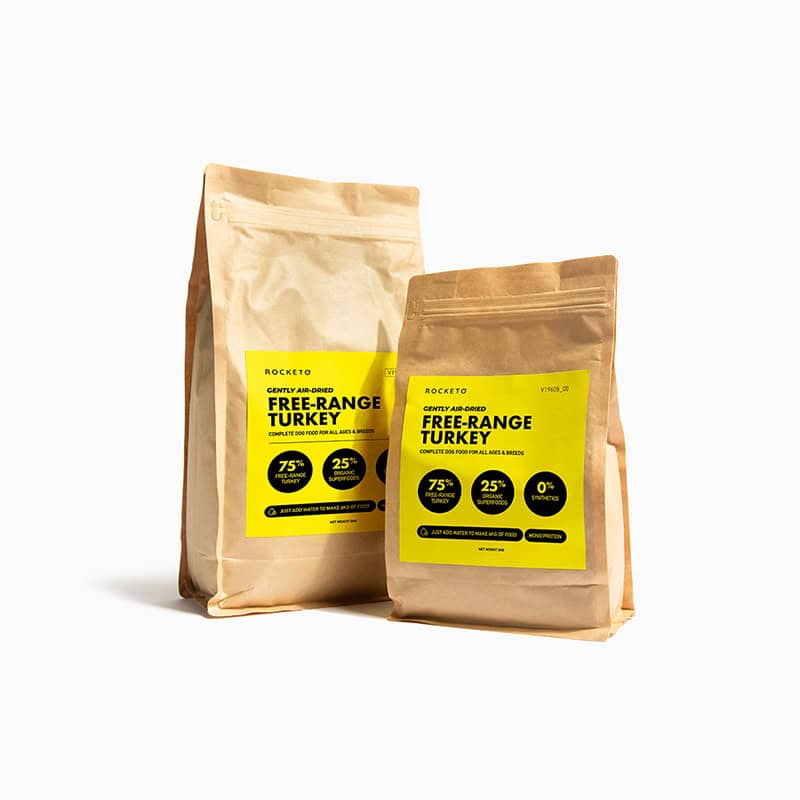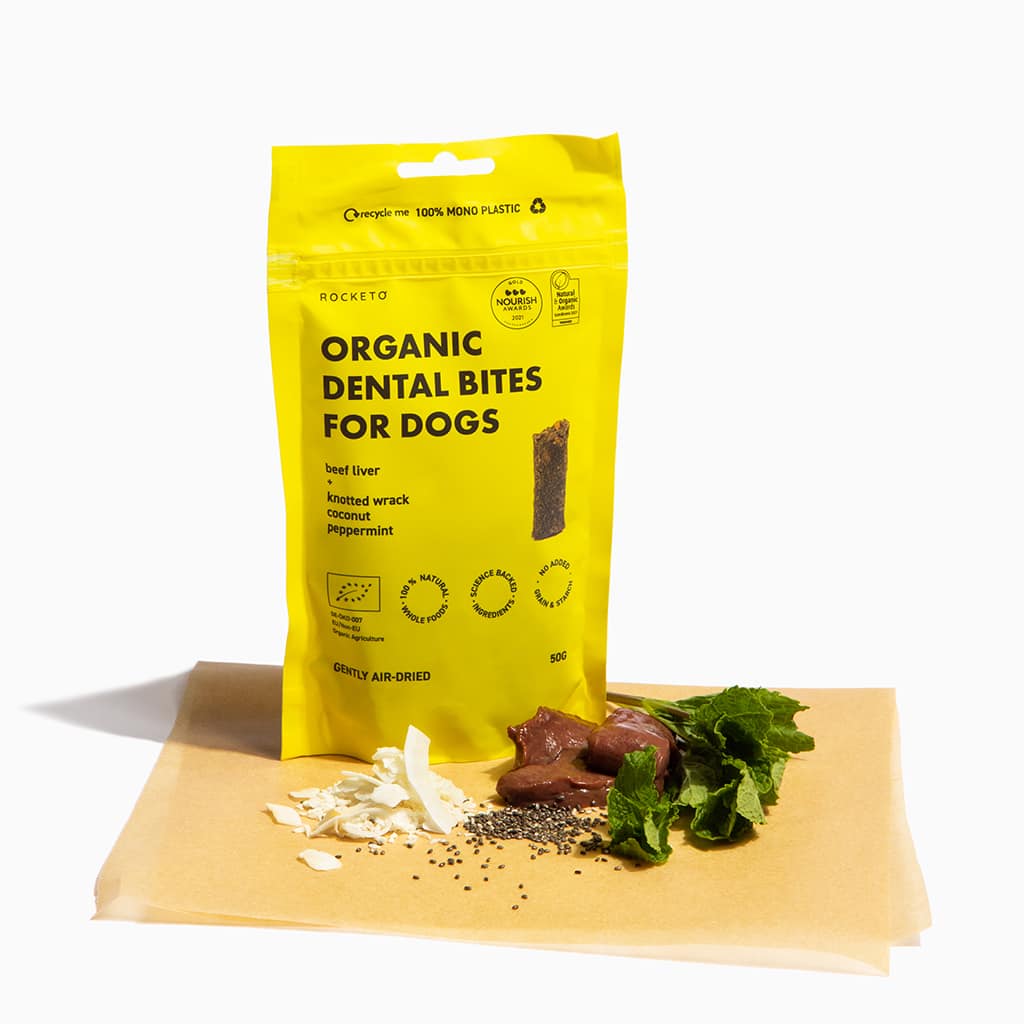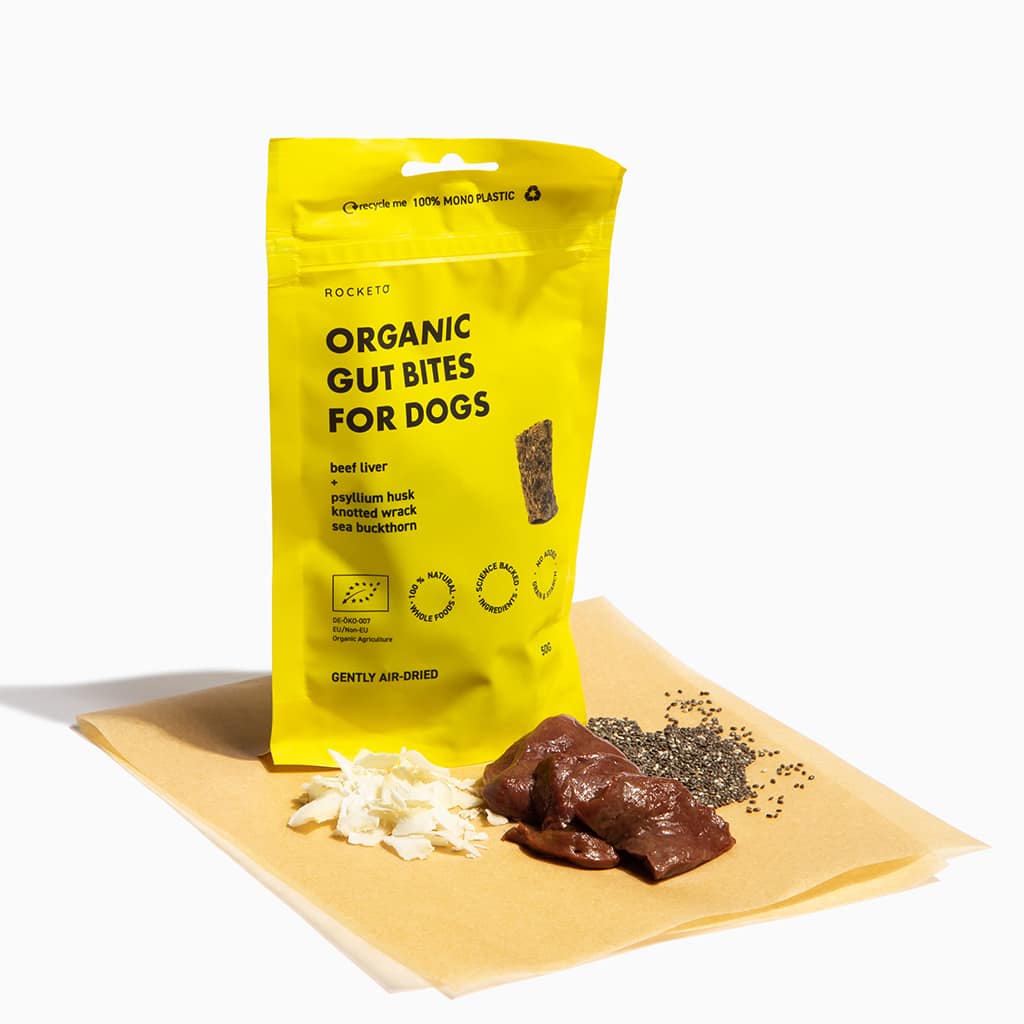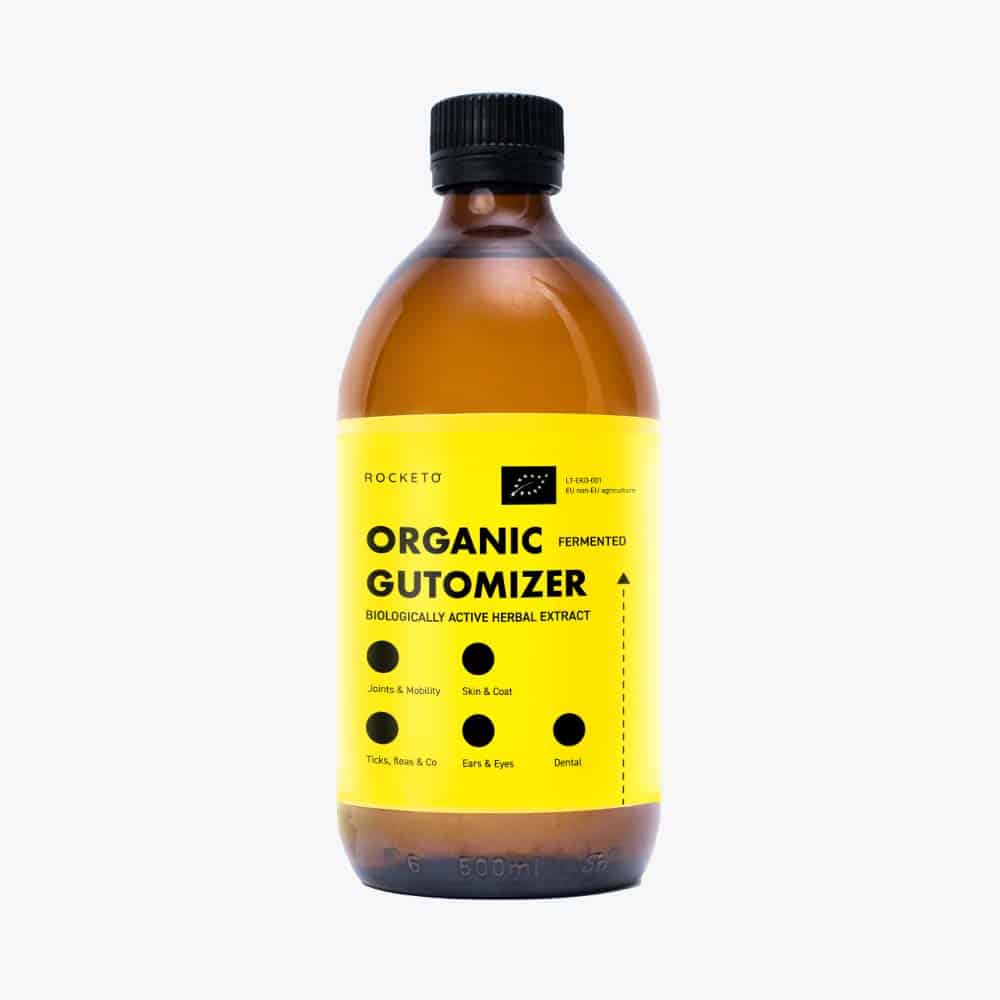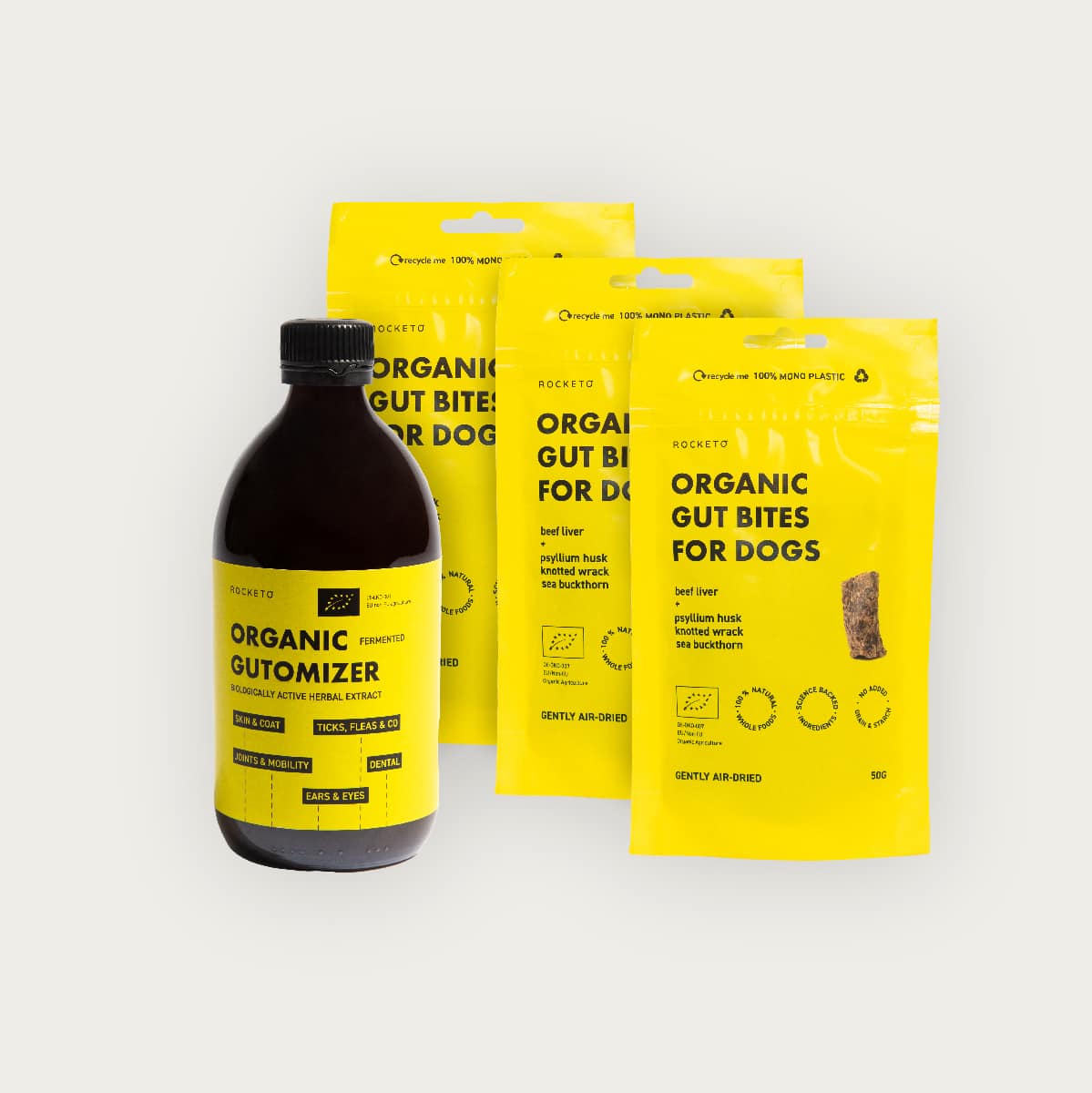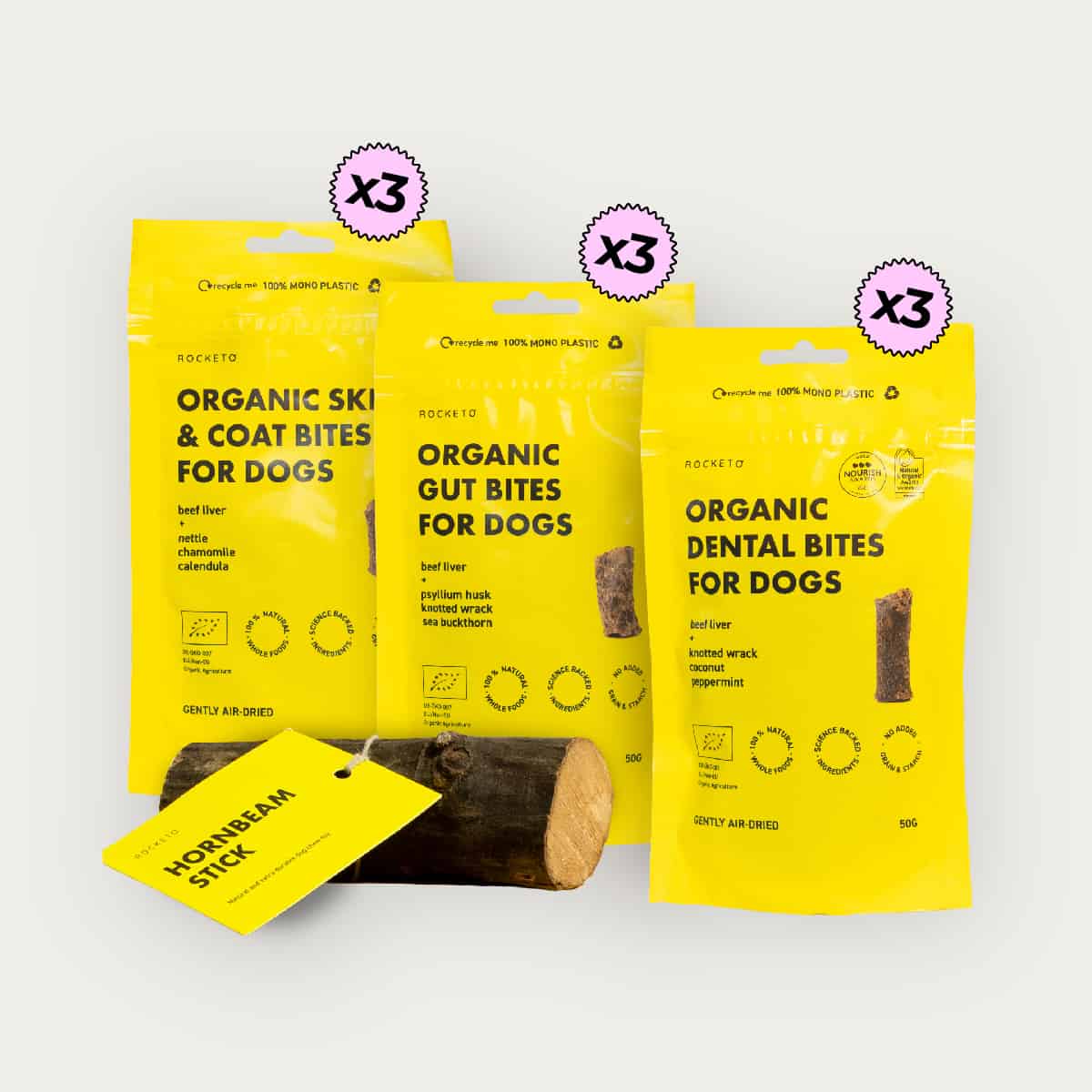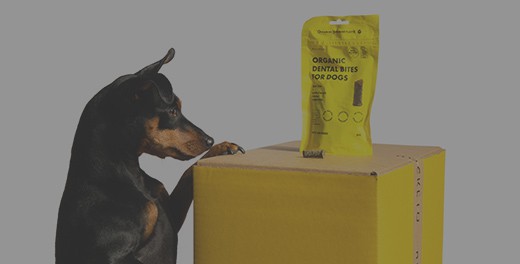Why kibble is bad for your dog
Do you know what it really takes to make kibble?
Dry dog food might look harmless, but feeding your dog processed kibble is actually one of the worst things you can do for their health.
During World War II, pet food makers had to find a way to make what little they had go further. So, they started processing pet food to give it a much longer shelf life by cooking it at high temperatures and adding a lot more carbohydrates. This is the origin story of kibble, which has become a normal way to feed our pets ever since, despite being born from a lack of nutrition.
What’s actually in kibble? A recipe for illness
Today, kibble brands try to convince us that they are making dry food that’s ‘tailored’ to your dog. The truth is, kibble contains a far higher percentage of carbohydrates than dogs need and a whole load of ingredients (many of them unnatural) that dog’s have no chance of digesting. They’re cooked at temperatures which dramatically decreases the availability of the nutrients that come from the raw ingredients.
- High carbs: The biggest kibble brands contain around 50% carbohydrates. The majority of these carbs come from starchy vegetables like potatoes, or legumes and grains such as peas & barley. Those are all ingredients dogs don’t need and can’t properly digest. Eating them everyday leads to lots of problems including weight issues, stomach issues and the host of bad smells (and poos).
- Not what they say on the packet: They might say ‘Chicken’ on the label, but these pet foods only need to contain 5% chicken to use that in the recipe name. And that’s just the tip of the iceberg around labelling and what actually goes into the finished product. If you look on the back of any kibble bag you’ll see some ingredients listed under ‘Nutritional Additives’. Don’t be deceived by this artificial vitamins – they’re only included because the main ingredients are so lacking in nutrients the product cannot be /complete’ without supplements.
- Home-cooked = filler: There’s a new wave of ‘home-cooked’ brands – the food comes in frozen pouches that you can defrost. These still have unnecessary ingredients, not to mention a never-ending supply of non-recyclable, single-use plastics.
What should your dog eat to stay healthy?
To stay bright-eyed and bushy tailed, dogs need a fresh, species-appropriate diet. In other words, a diet that is made up of ingredients and bioavailable nutrients that dogs can digest and absorb in a ratio that keeps them in tip-top health.
The right recipe will include wholefood ingredients that provide all the macro and micronutrients, vitamins and enzymes your dog needs, without the need for anything synthetic to be added. No high carb content or list of unnecessary fillers on the back of pack in sight.
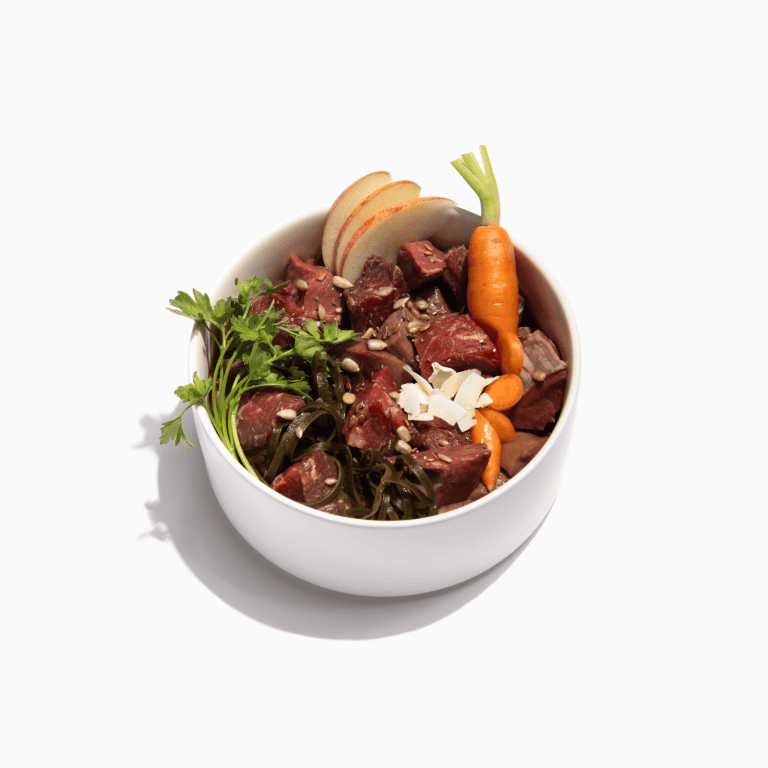
It’s easier than you think to give your dog the diet they need
Our dogs are our best friends and members of our family. We want to keep them around for as long as possible. To be a good pet parent, it’s important to invest in your dog’s long-term health, which means giving them food which helps them thrive. It also works out better for you when it comes to vet visits and bills, and, ultimately, gives you back more time with your dog.
We know that dog owners want all the benefits found in raw food, but there are lots of reasons people are tentative about taking the plunge into raw feeding. Time, freezer space and safety concerns are the main ones we hear.
This is where we come in.
Why air-dried raw dog food is the answer
Our species-appropriate ratio of organic, whole ingredients are gently dried at low temperatures to retain all the benefits of raw. This removes the majority of the moisture and, with it, the environment that bacteria need to live. We even add a ‘kill-step’ to guarantee there’s absolutely no harmful bacteria in our bags.
By drying our ingredients at around 50C less than kibble is baked at, we don’t lose the important enzymes and vitamins that your dog needs to thrive. The end product is just as nourishing as the fresh, raw ingredients themselves, but much more convenient for you.
‘Freshly prepared’ meat
When you think of freshly prepared meat you might be imagining a fresh, sliced chicken breast. Unfortunately, that’s not what it means. It’s referring to meat that’s been taken through a process of mechanical separation, pasteurisation, separation and concentration. Pretty much the same process as creating a meat meal, but a less concentrated version. A process totally optimised for profits, not for pets.
‘Human grade meat’
There’s no legal definition for this one. It’s based on an understanding that the meat used must be ‘edible’ for a human and handled correctly. However, once this meat has been through the extrusion and baking process to turn it into traditional wet or dry dog food, the end result is much more nutritionally poor than the ingredients.
Calcium carbonate, vitamins and minerals
At first glance, this all sounds great – we all know that cereals for kids are fortified with extra vitamins so why not dog food? What it really means is that they’re using ingredients and processes that don’t create a product that is naturally complete. So it doesn’t matter how ‘natural’ the vitamins are, they’re still doing the job of a ‘daily supplement’ to ensure your dog meets its nutritional needs. As we know, supplements should never be used as an alternative to fulfilling your pets full nutritional needs through their diet
